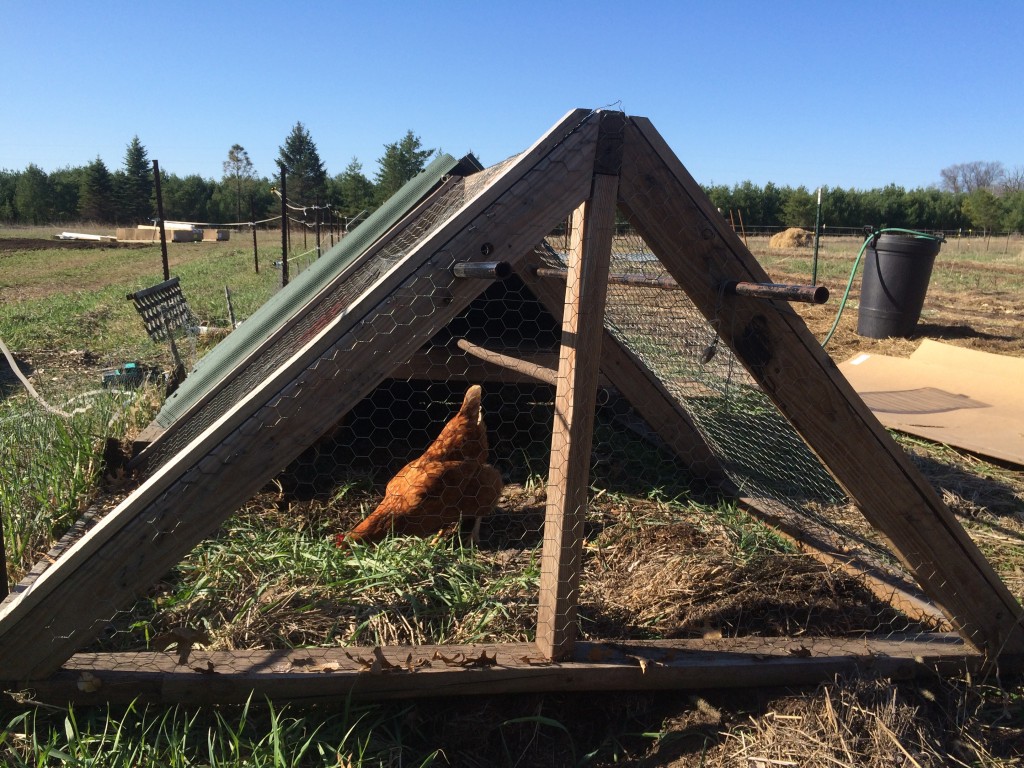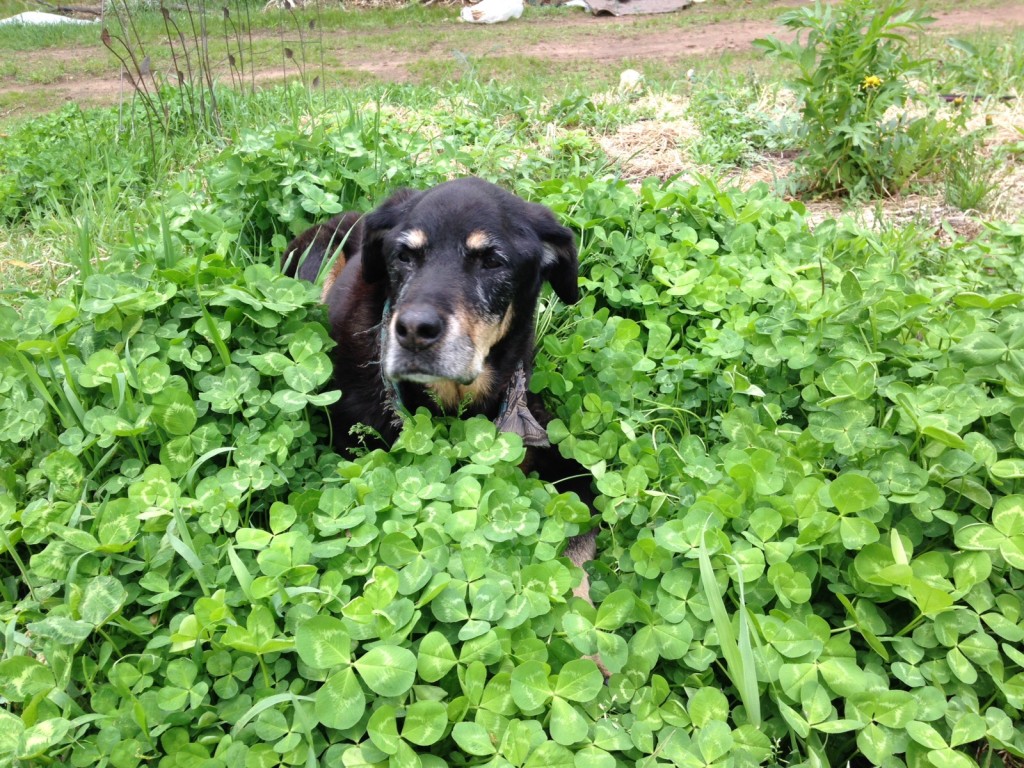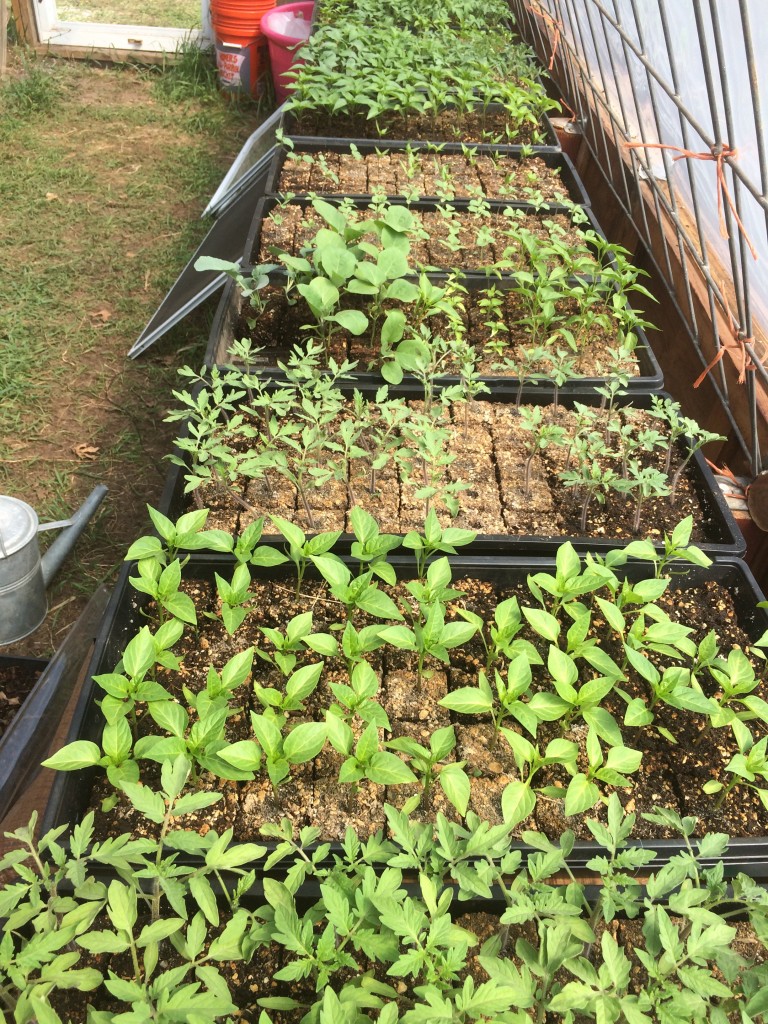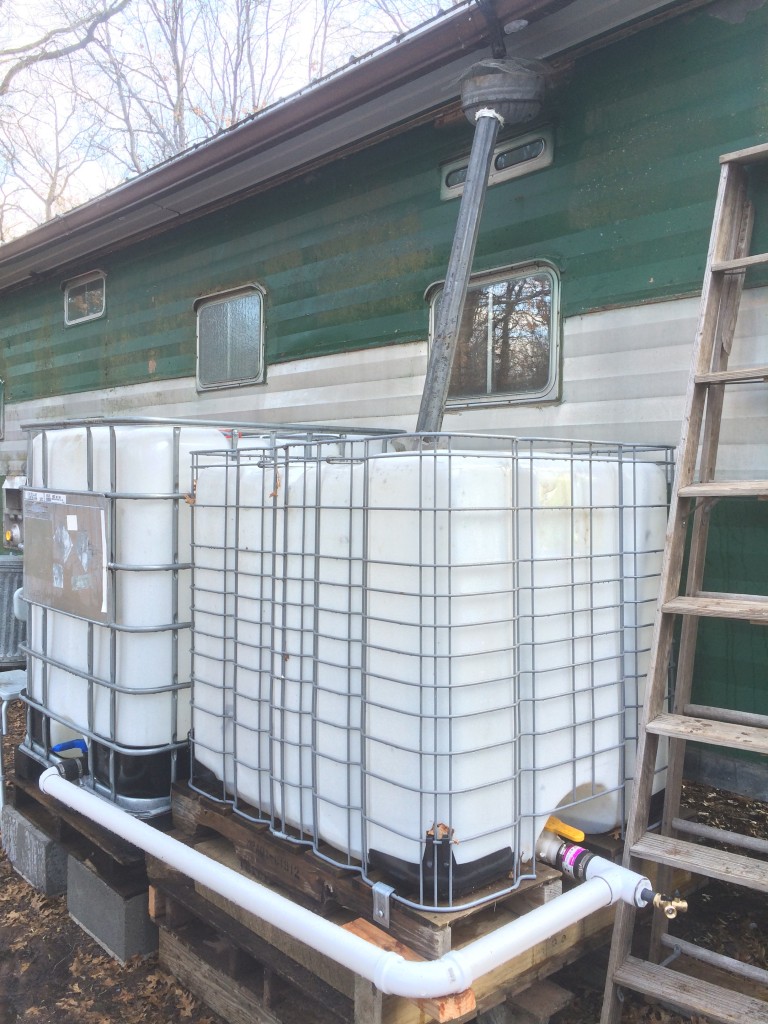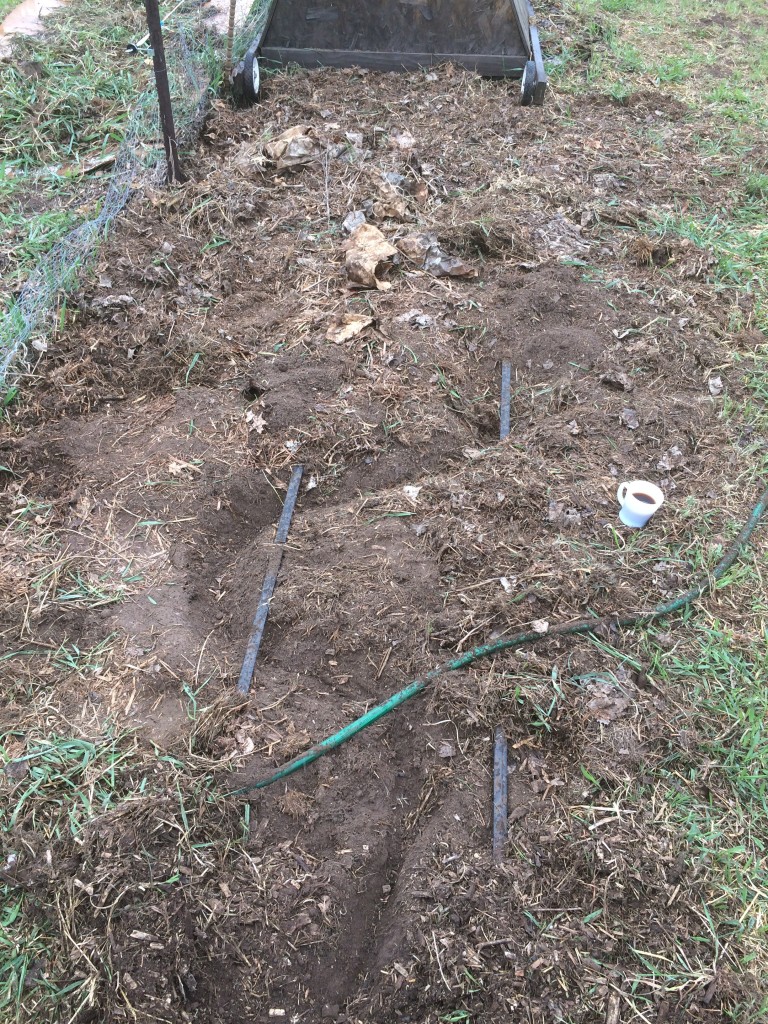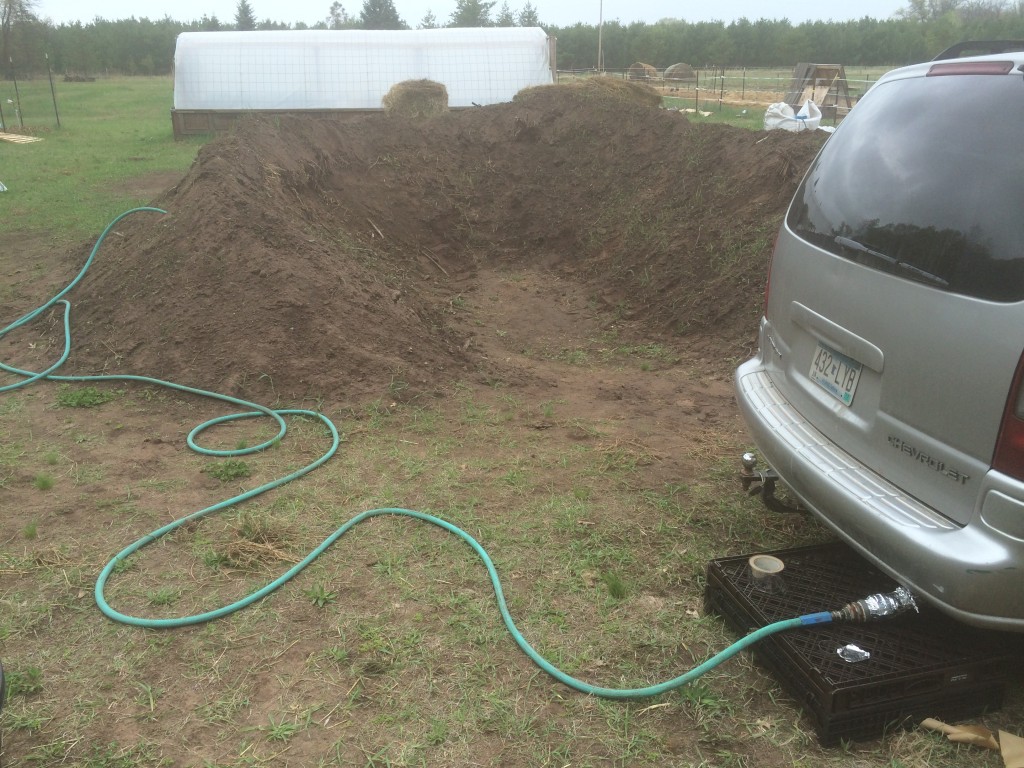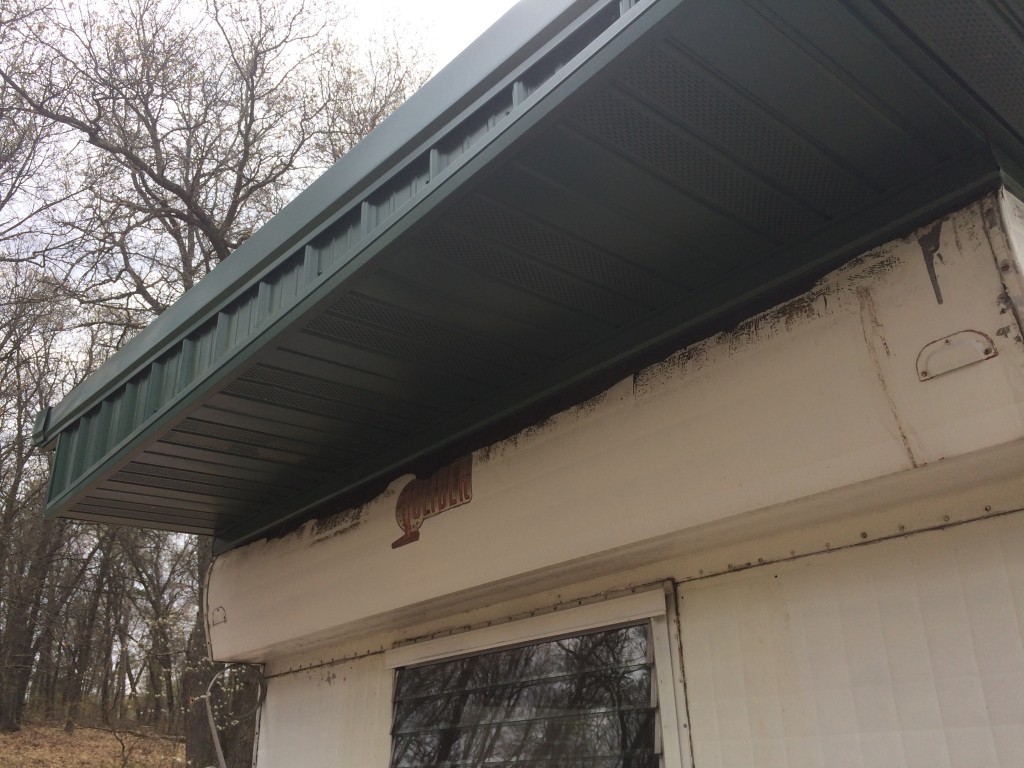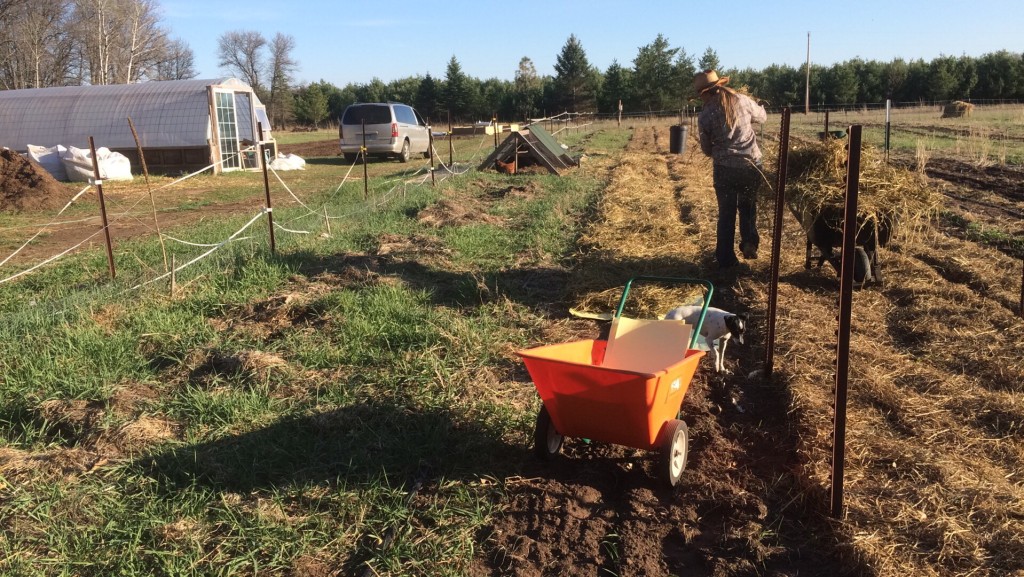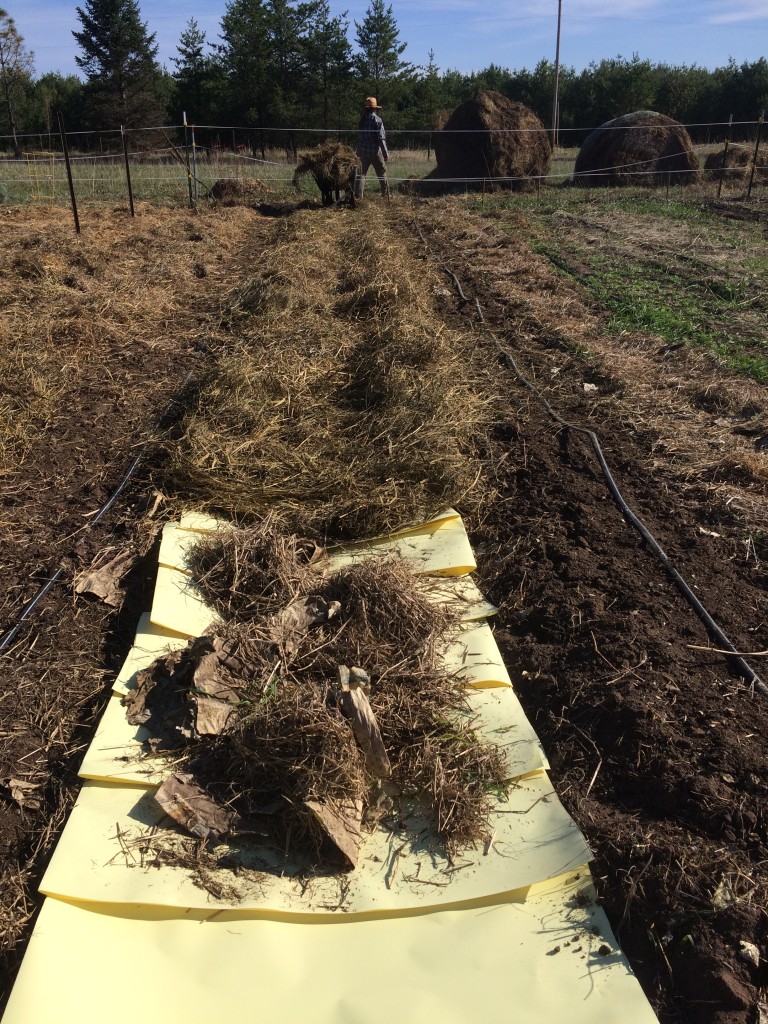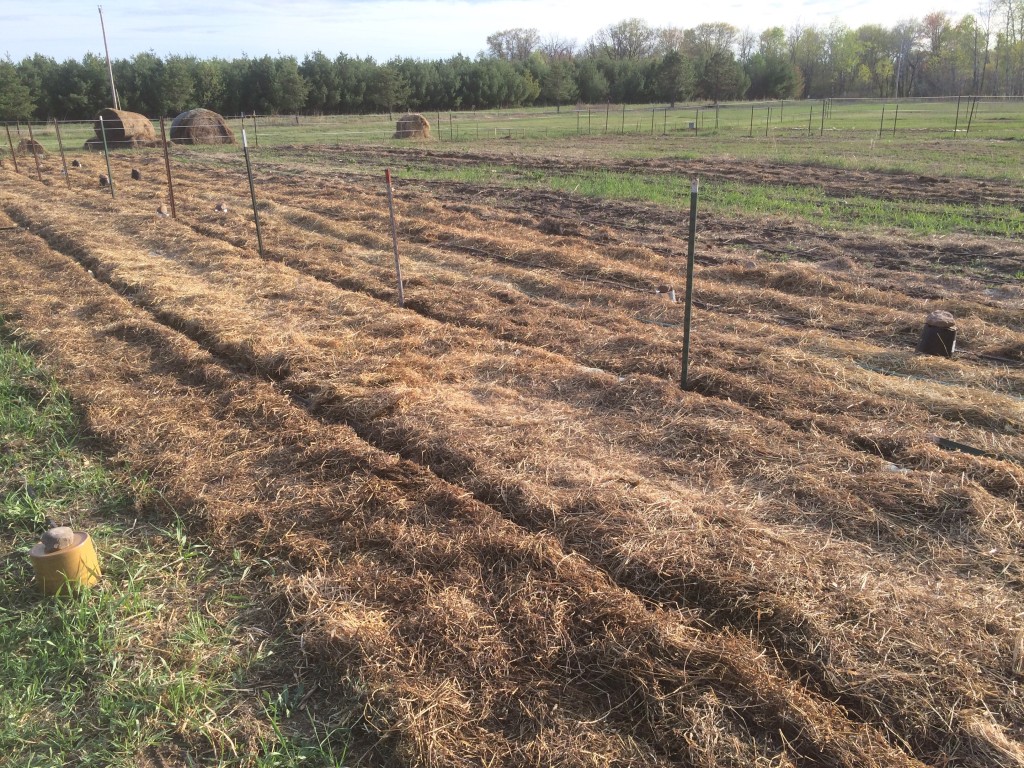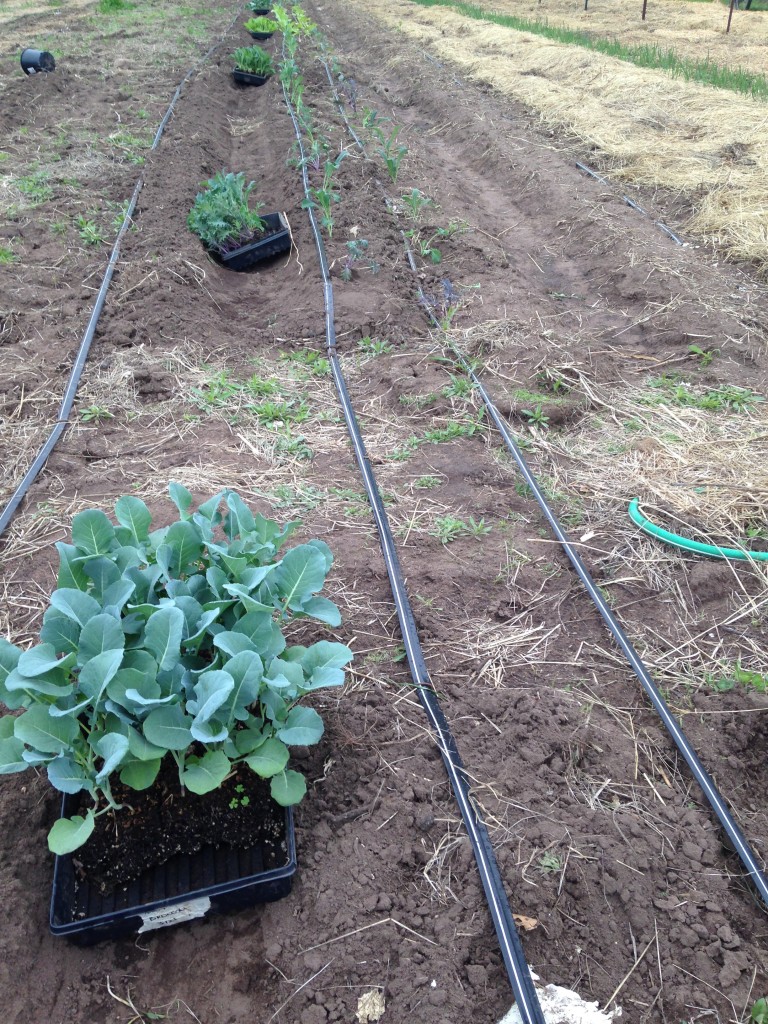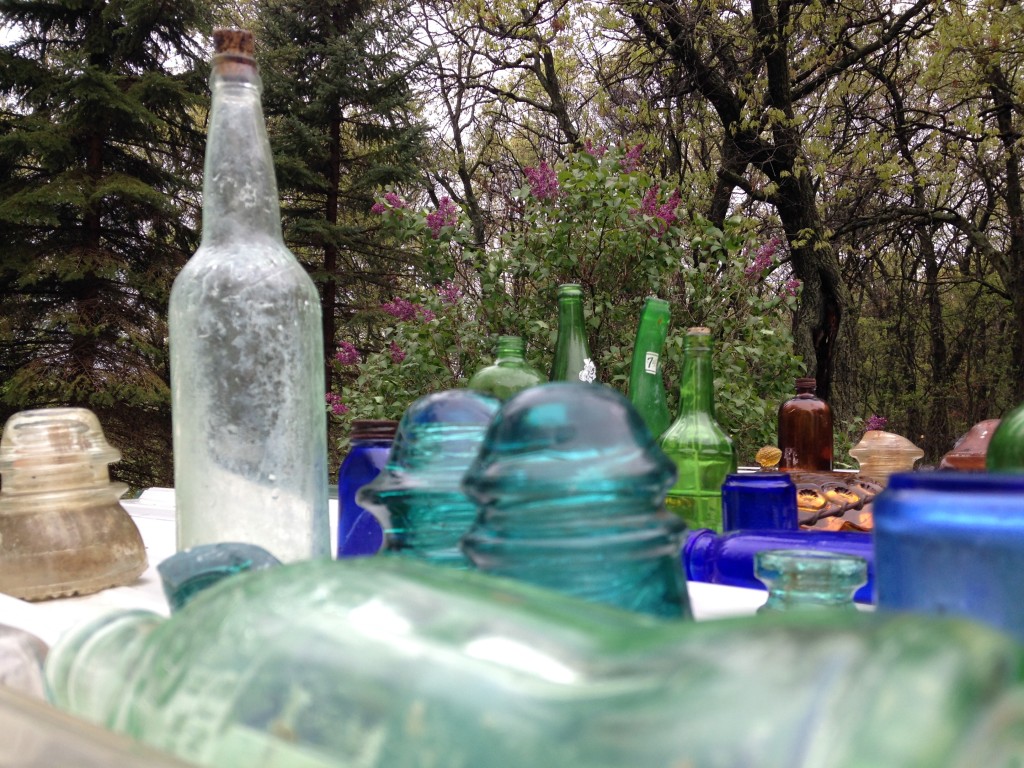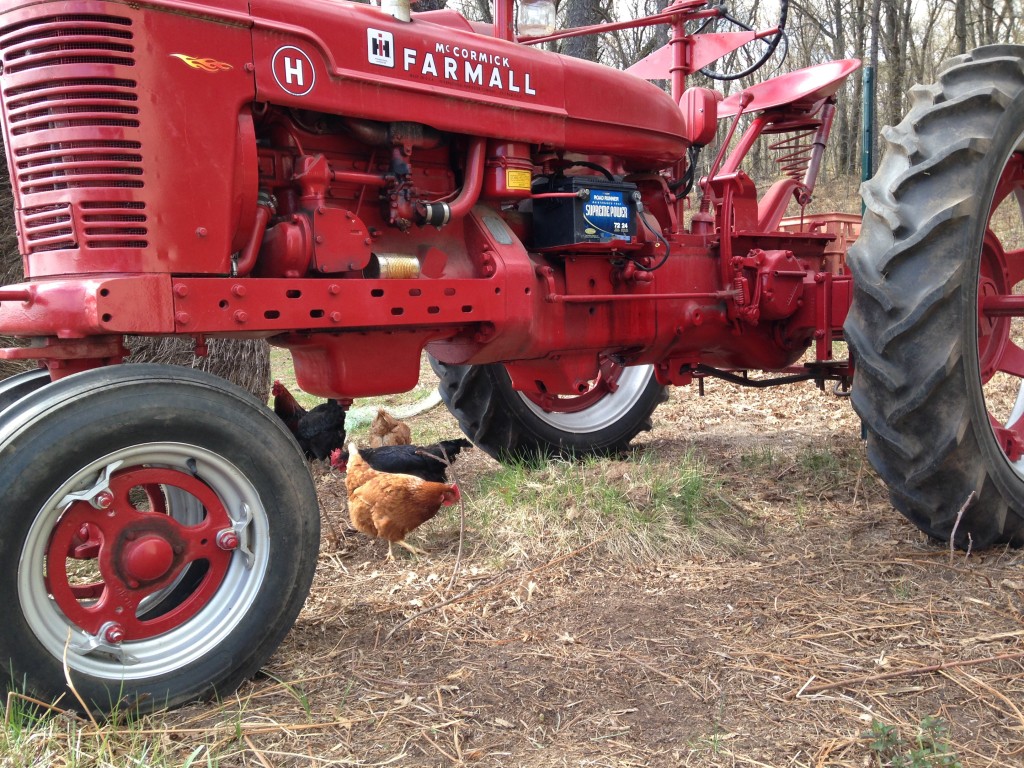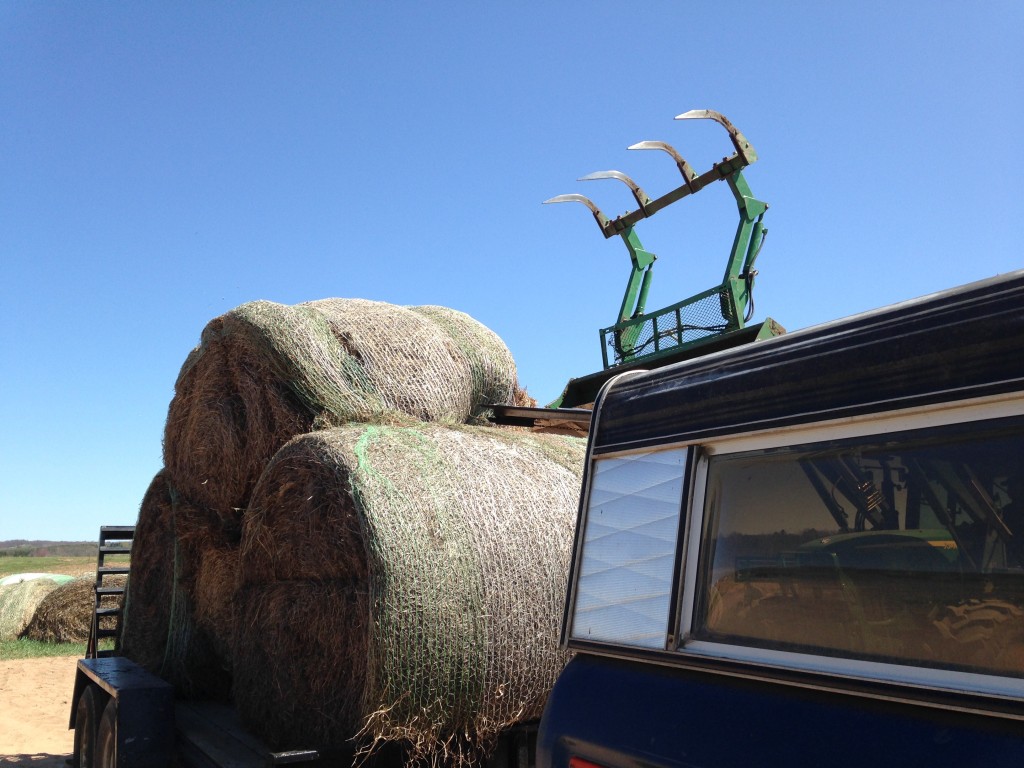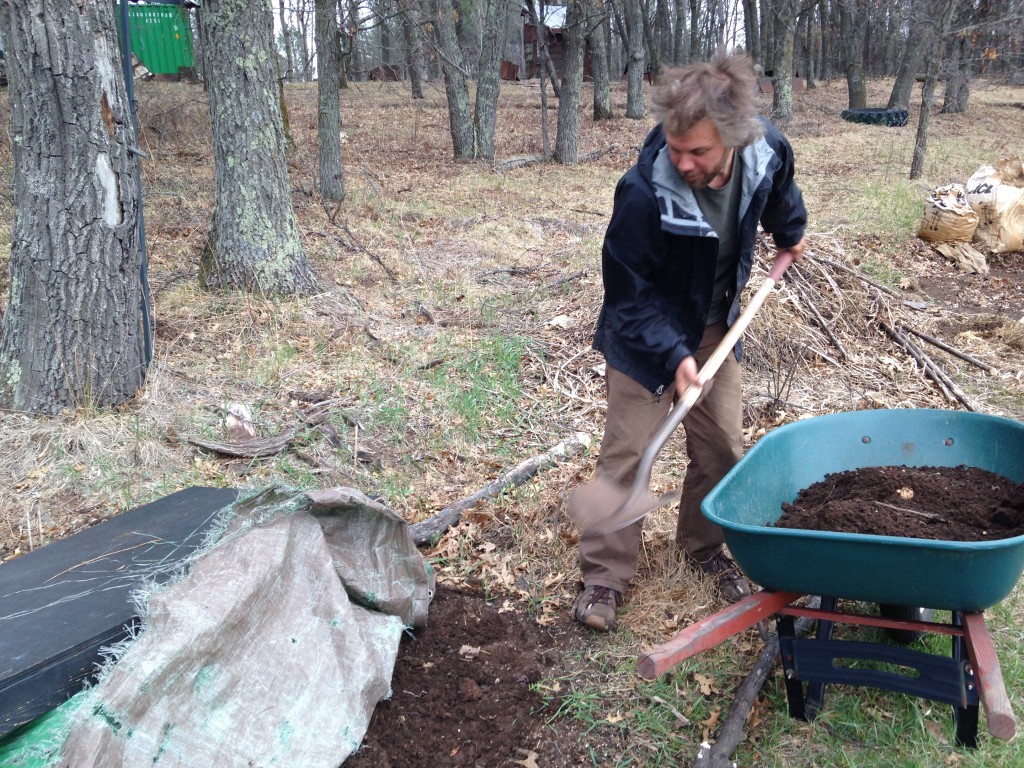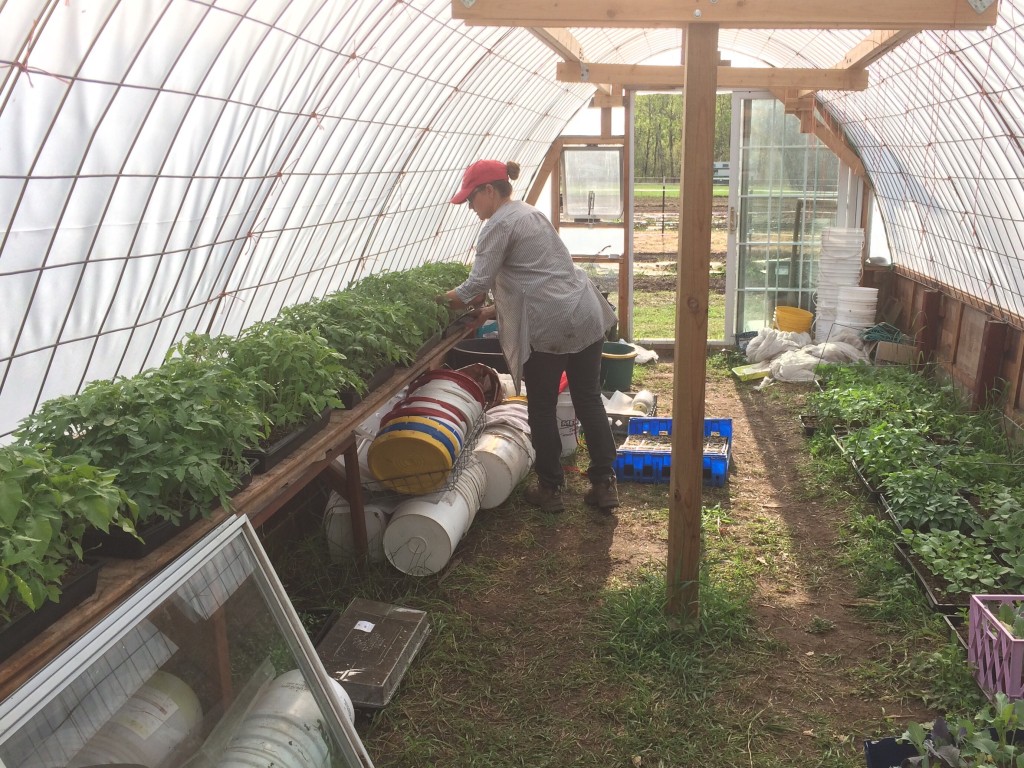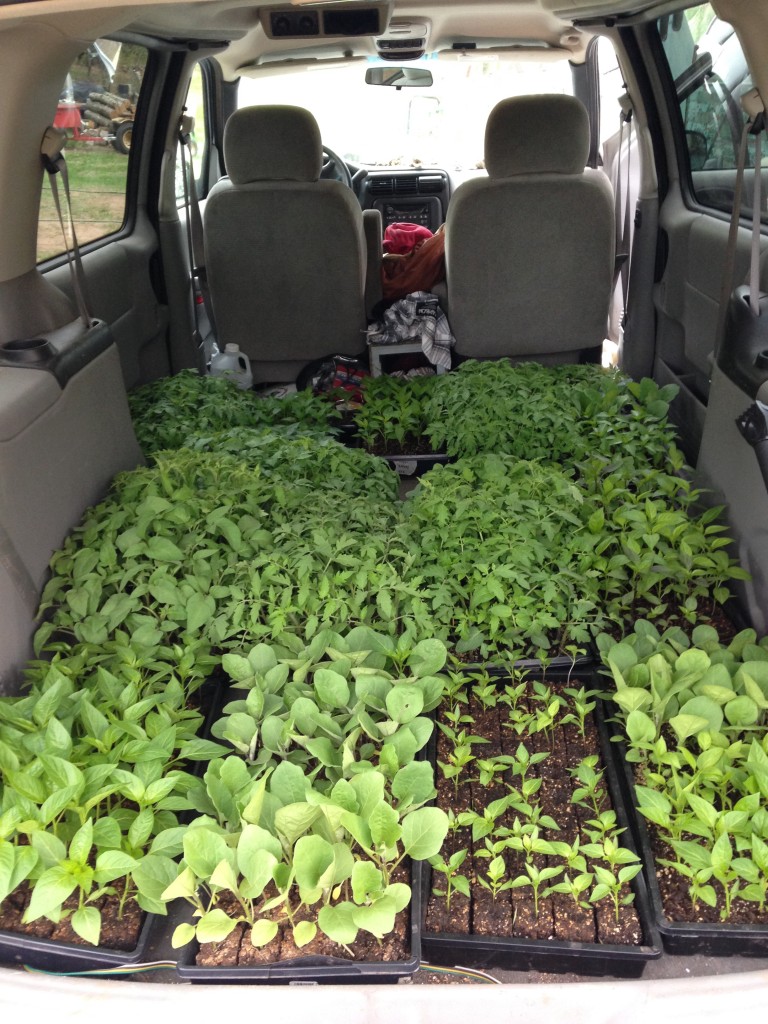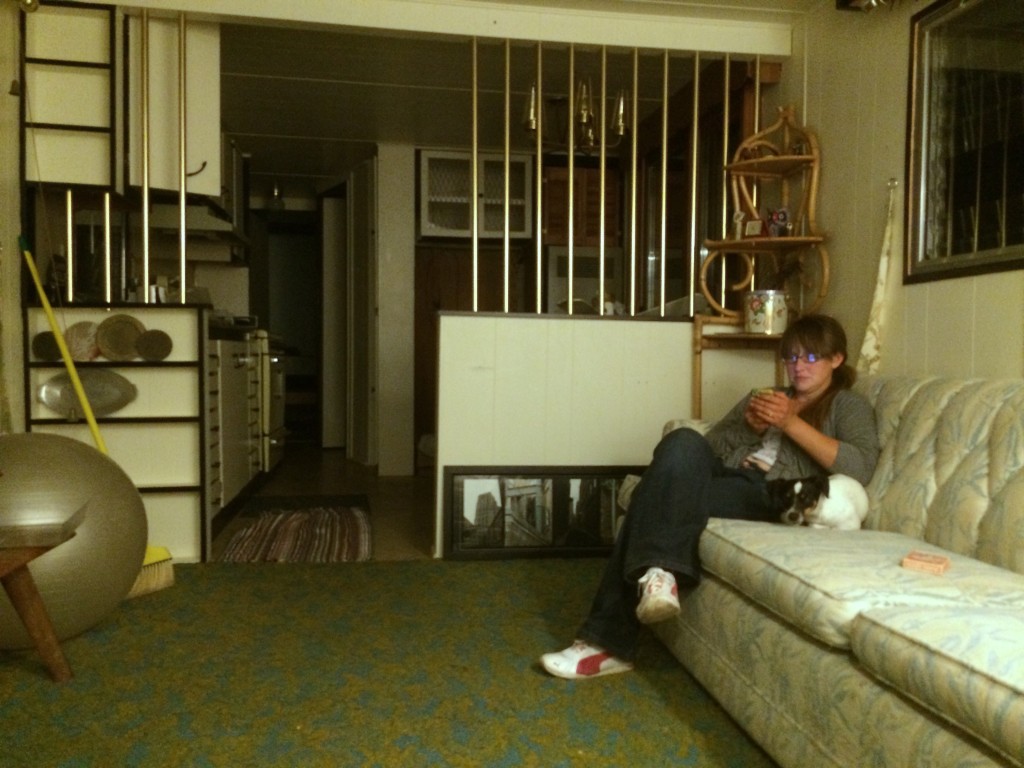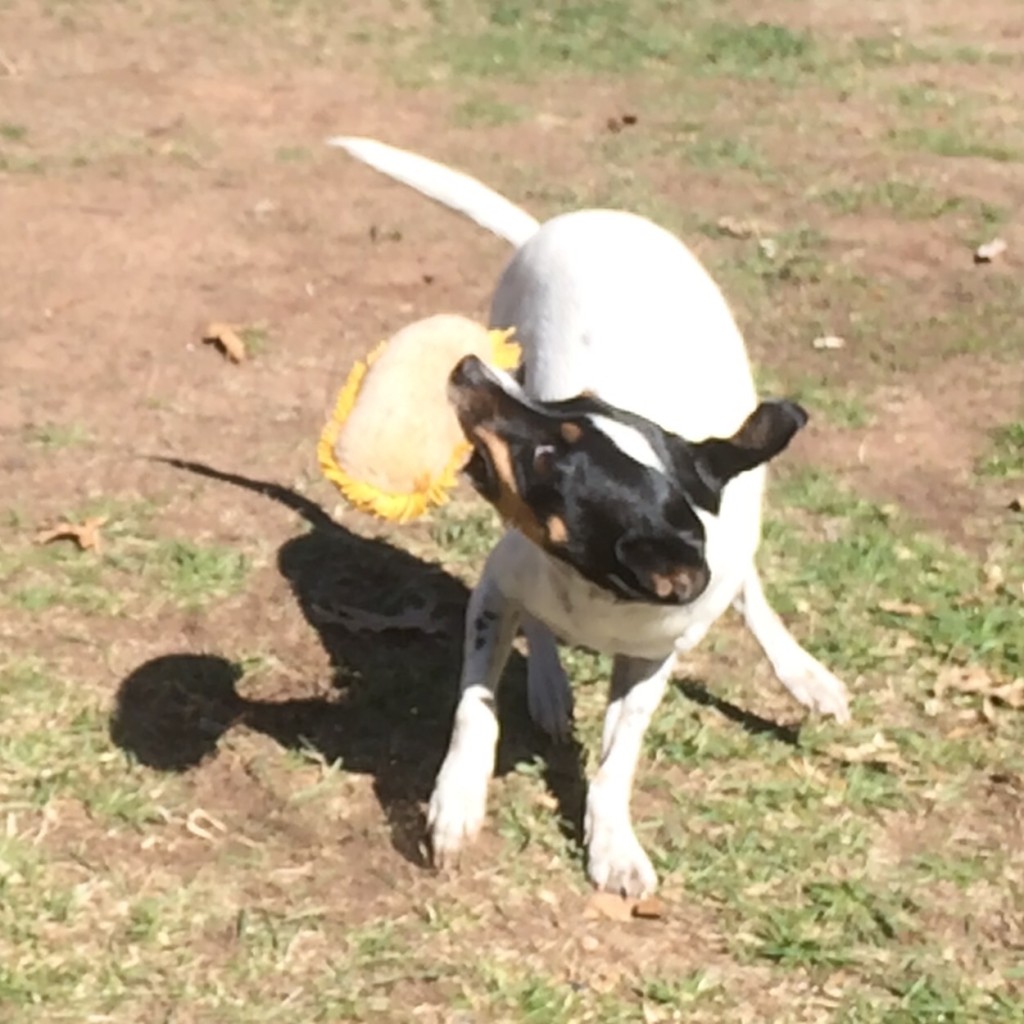the News
*
We’ve been kept incredibly busy dealing with a series of challenges that have given us much to do … and plenty of opportunities to practice saying “que sera, sera” and letting go of stressing over potential dooms!
*
*
Like bosses in the first levels of video games, our Spring challenges started out easy enough. First, there was the incredibly dry and droughty spring – we wound up irrigating in April for the first time ever! We set up the 600 gallon rainwater collection tanks to gravity feed to a sprayer hose we could walk up and down the rows of seedlings – and since there wasn’t much rain to collect, we ran the pump using solar power on sunny days, filling them with well water.
*
*
Next came the quack grass. We’d known it was in the field and all around us, but this spring it came on with a vengeance, sprouting up in thick mats throughout the field. And so we did some research – and identified the species as one of the most notorious and loathed garden weeds on earth. The waving green blades were just the visible tip of the treacherous iceberg; quack grass forms dense mats of allelopathic root rhizomes that choke out other plants, and it spreads like a cancer if left unchecked. There is no easy way to eradicate it (you could choose to not grow any crops for a year or two while you either smother your entire garden with thick plastic, or till the whole thing every few weeks for an entire season … not options for us!)
*
We knew we couldn’t totally defeat it, but we had to fight it back enough to keep it off our crops and prevent it from getting worse – so we got into warrior mode and went into battle. That may sound like an exaggeration, but it’s not. Each row we planted, we broadforked to loosen the soil around the grass roots. Then hand weeded out the long, ropey rhizomes – commonly up to two feet long – and if you break them and leave pieces in the ground, they will re-sprout from the bits, like the Hydra’s heads. Our hands became deeply stained black with soil, as we slowly reclaimed rows one at a time from the grassy menace.
*
Then came the voles. Voles! I thought they were just cute little field mice. I even saved one’s life last year. Now, I regret that – now, I want them all dead. Not moles; moles eat bugs, whereas voles eat your crops. They create crazy tunnel mazes throughout your field, from which they can launch ambushes.
*
*
They lurk, feasting on your emerging garlic beneath the mulch, and waiting until you transplant all of your kohlrabi out into the field after nurturing them from seeds. And then they tunnel right through the row and eat those lovely kohlrabi’s roots right off, leaving them to wilt and die slowly while you watch, uncomprehending … until you pull the first completely dead plant out to autopsy, and discover the tunnel where the roots used to be.
*
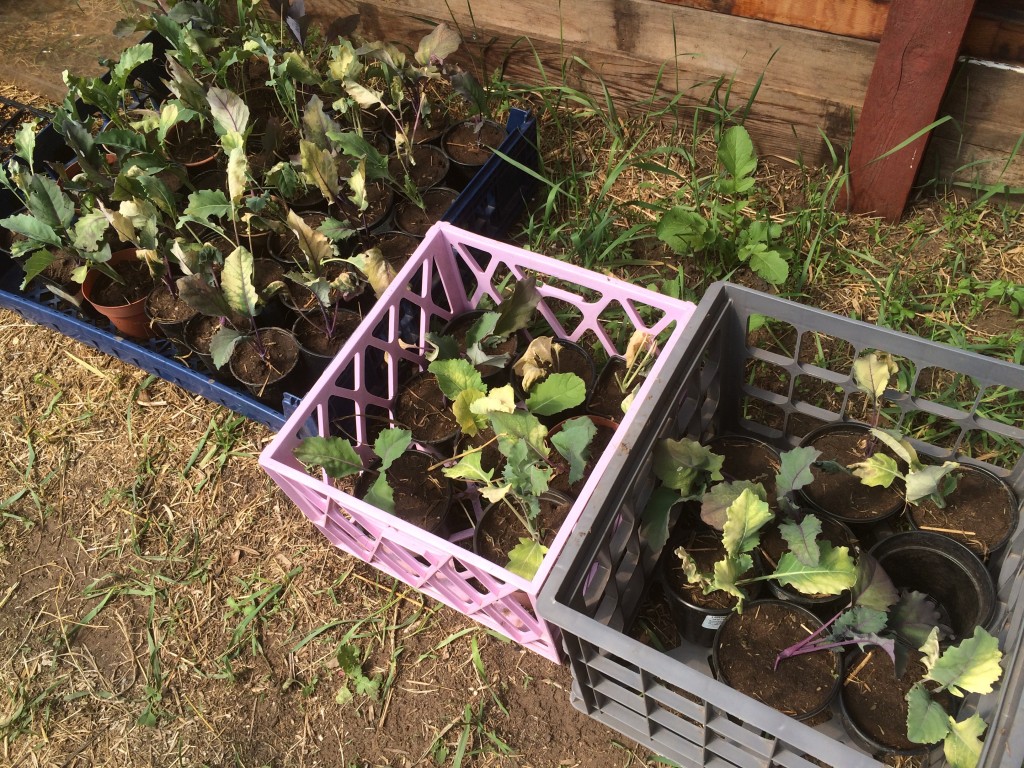
*
Voles live in colonies and reproduce furiously all year round. They worship Satan and dance upon the graves of children. After you catch one in a snap trap, they all learn to avoid them and bury them in dirt whenever you try to sneak one into a tunnel mouth. Science has shown that the only good vole is a dead vole. Unfortunately, they are harder to kill than Steven Seagal.
*
*
Our survival strategy for the Vole Challenge was threefold:
*
1) we dug trenches down each side of new rows and left them bare of mulch for the time being – thus cutting off shallow tunnel networks and creating barriers of openess that the secretive rodents would be loath to cross.
*
2) We brought mass death to one of their main lairs – the hugelkultur mound we’ve been building near the greenhouse. The buried pile of logs and branches proved ideal habitat for the beasts, and their burrow holes peppered the surface; we called it the Vole Hotel. The day we discovered the kohlrabi had been decimated by the little monsters, we got innovative. I used some plumbing and vent tape to rig up an adapter between a garden hose and the van’s exhaust. Then I plugged up all the burrow holes but one in the vole hotel, and filled their nest with sweet, sweet carbon monoxide.
*
*
It worked! But there were still all the voles in the field … which brought us to:
*
3) we gave up on our plan of ‘No-Till’ gardening, for now. Que sera, sera! It turns out that voles thrive under the same conditions that we had created to nurture our soil, and tilling was the time-honored method to take out their tunnels and reduce their ability to decimate a garden.
*
So we sent out an S.O.S. to our wonderful neighbors Dave & Marcie – and they came riding in on a shining green steed, a John Deere tractor with a PTO tiller attachment – and chewed up the portion of the field not yet planted. It was disappointing to have to till after all, but it felt great to set the vile voles back enough to buy our transplants some breathing room to grow without being devoured.
*
But now there are the cutworms.
*
Cutworms are gross caterpillars that live just beneath the surface of your garden. Like vampires, they emerge to feed at night – climbing up your young tender crops and devouring them – sometimes just the leaves, but all too often chewing through their stems and killing the entire plant.
*
And this has been a boom year for cutworms; they have simply decimated our direct-seeded radishes, lettuce, spinach, and turnip plants, chewing them up as soon as they emerge from the ground.
*
Every morning, we start our day with a walk. Not a nice looking-at-nature-and-smiling-at-the-sky walk – a grim hunt through the field, stalking through the rows of transplanted cabbage, kale, broccoli, looking for the telltale chewed up holes, fallen leaves, and felled plants that indicate a cutworm has been munching in the night. When such damage is seen, we dig through the soil all around the ravaged plant, sifting and probing until we discover the culprit or culprits and squish their green* guts out. (*purplish, if they’ve been eating the Red Russian kale) In the night, we stalk through the field with flashlights, squishing the worms we catch in the act.
*
So far, in spite of our vigilance and the scores of squished bugs in our wake, the damage is unrelenting. We’ve lost a lot of plants to these horrible bugs – we can keep most of the transplants alive through constant vigilance, but the tiny direct seeded plants are really taking a beating. Although we planted well more than we needed, the losses are mounting, and it can be a struggle to avoid falling into despair in the face of the enemies arrayed against us.
*
But overall, we’re doing alright – it’s interesting, even when it feels overwhelming. We knew this wouldn’t be easy, we anticipated unexpected obstacles and setbacks – we even named our farm with this in mind.
*
So, we let ourselves feel whatever sadness or anxiety is appropriate for just a bit – and then gird up for battle; put on a bloodlusty grin, and wade into the thick of it – rending the destroyers and avenging our fallen crops.
*
Farming is war.
*
And fortunately, we have a great battle cry:
*
Que sera, seraaaaaAAAAAAAA!
*
some Pictures!
*

*
*

